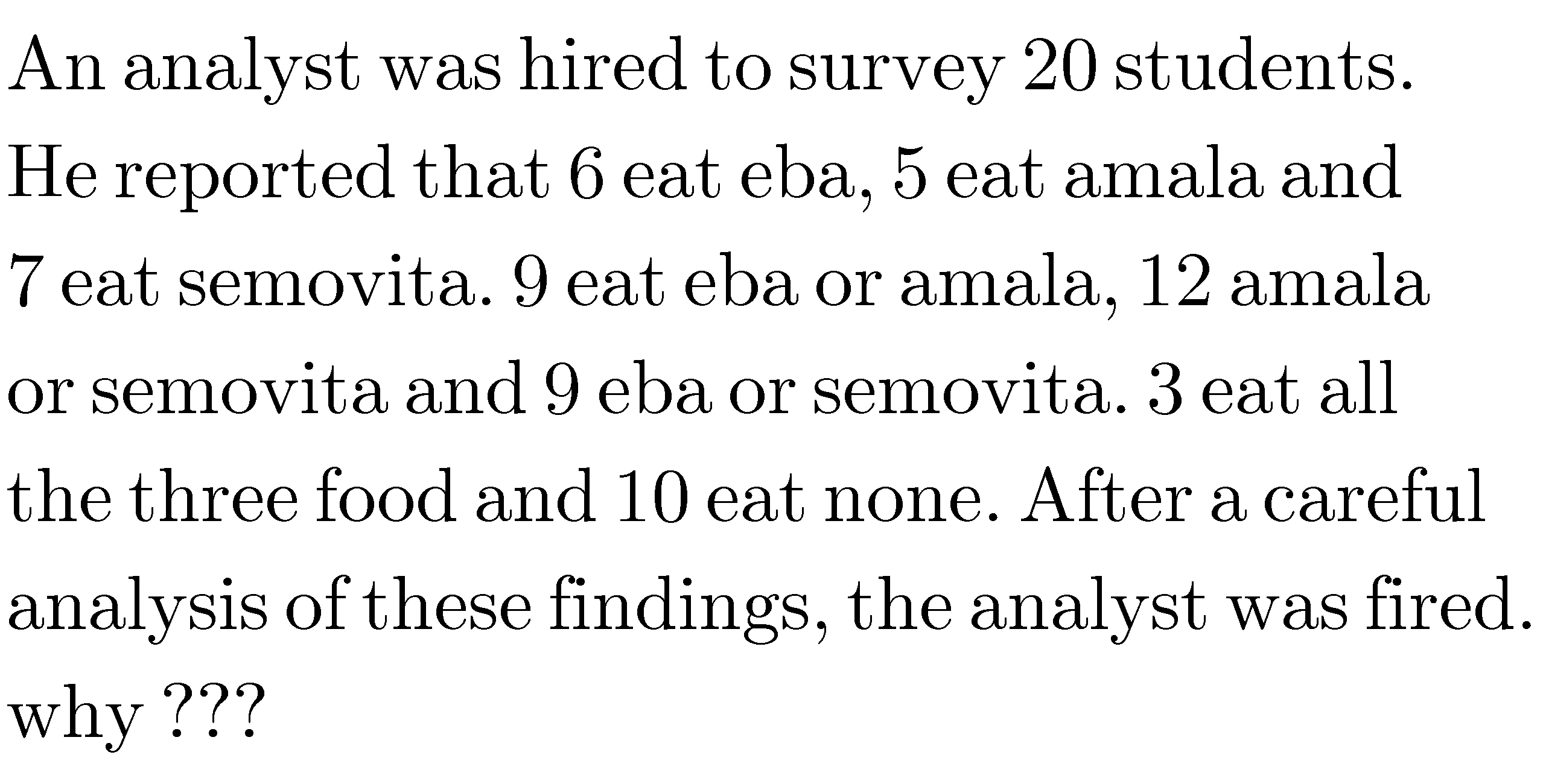
AllQuestion and Answers: Page 1751
Question Number 33599 Answers: 1 Comments: 2
Question Number 33597 Answers: 0 Comments: 0
Question Number 33596 Answers: 0 Comments: 0
Question Number 33595 Answers: 0 Comments: 0
Question Number 33594 Answers: 0 Comments: 1
Question Number 33593 Answers: 0 Comments: 0
Question Number 33592 Answers: 0 Comments: 0
Question Number 33591 Answers: 1 Comments: 1
Question Number 33590 Answers: 0 Comments: 1
Question Number 33589 Answers: 0 Comments: 1
Question Number 33588 Answers: 1 Comments: 1
Question Number 33587 Answers: 0 Comments: 0
Question Number 33586 Answers: 0 Comments: 0
Question Number 33585 Answers: 0 Comments: 0
Question Number 33584 Answers: 0 Comments: 0
Question Number 33583 Answers: 0 Comments: 0
Question Number 33582 Answers: 0 Comments: 0
Question Number 33581 Answers: 0 Comments: 0
Question Number 33575 Answers: 3 Comments: 0
$$\mathrm{simplify}\:\sqrt{\left(\mathrm{3}+\mathrm{2}\sqrt{\left.\mathrm{2}\right)}\right.} \\ $$
Question Number 33571 Answers: 1 Comments: 0
Question Number 33570 Answers: 1 Comments: 3
Question Number 33569 Answers: 1 Comments: 0
Question Number 33557 Answers: 0 Comments: 0
Question Number 33551 Answers: 1 Comments: 1

Question Number 33544 Answers: 0 Comments: 0
Question Number 33542 Answers: 0 Comments: 1
Pg 1746 Pg 1747 Pg 1748 Pg 1749 Pg 1750 Pg 1751 Pg 1752 Pg 1753 Pg 1754 Pg 1755
